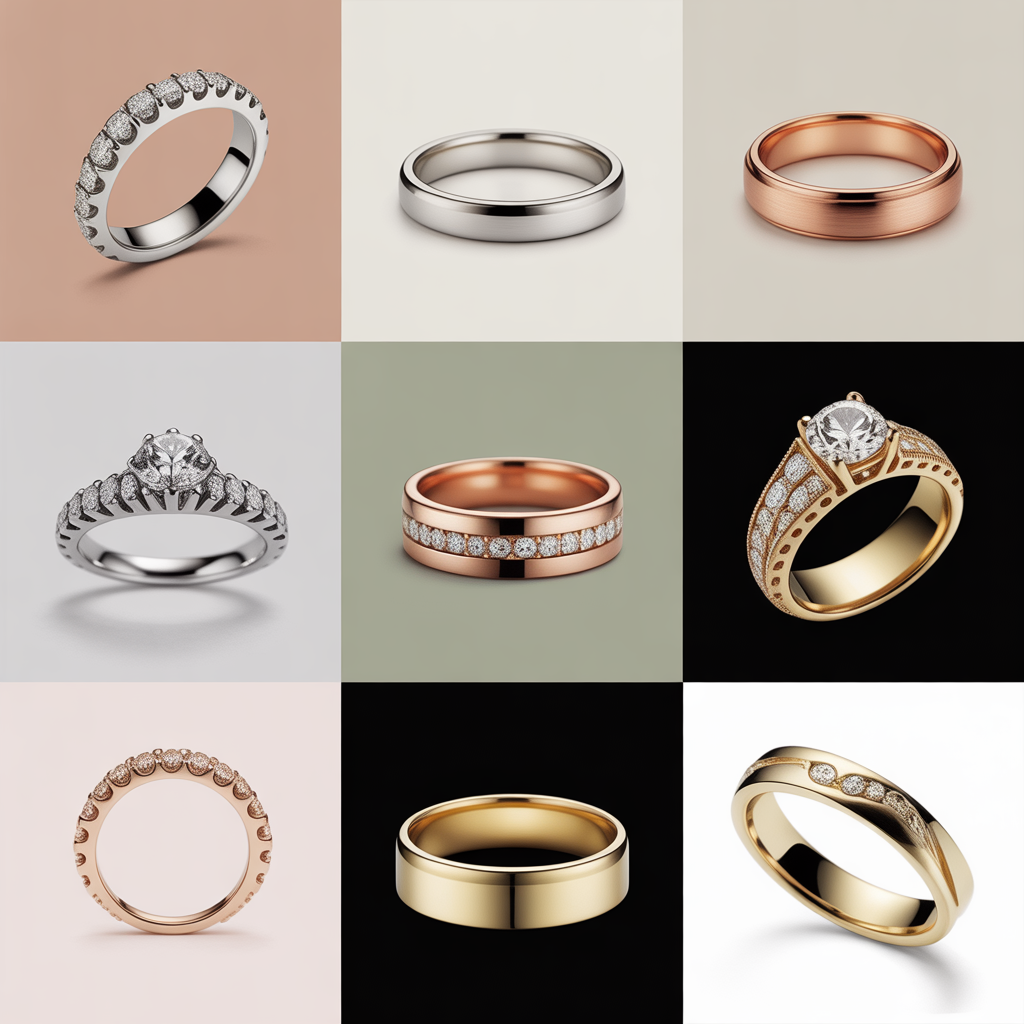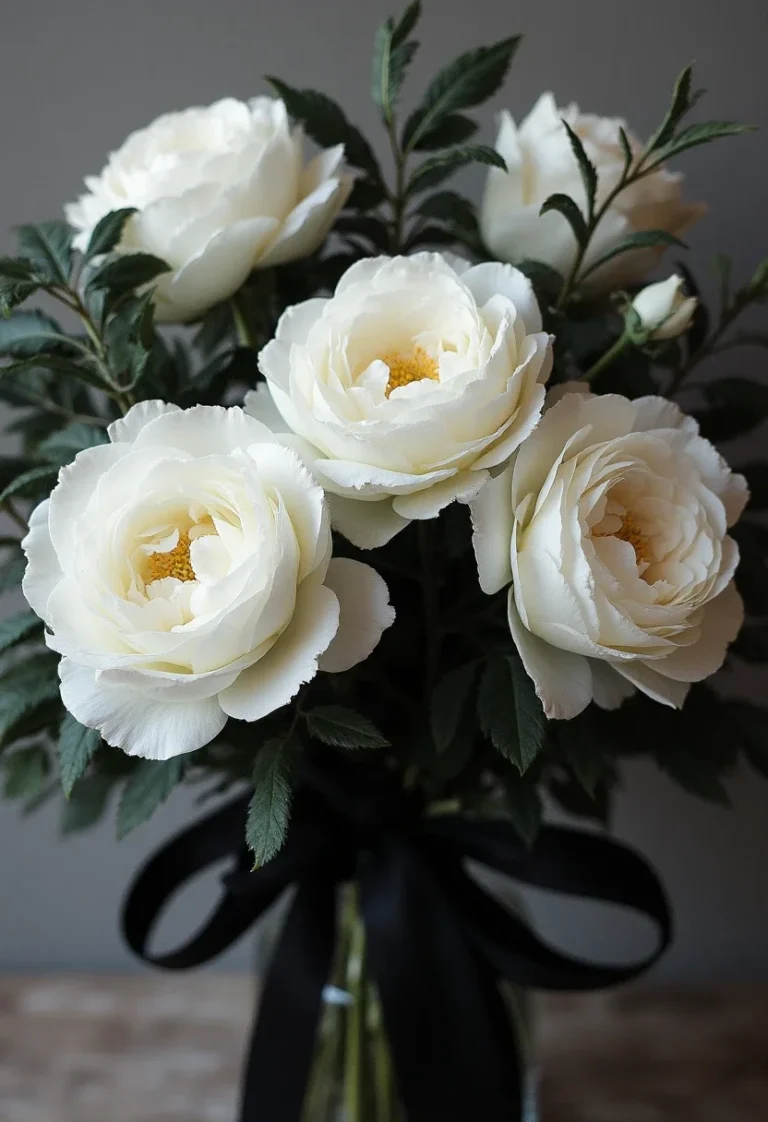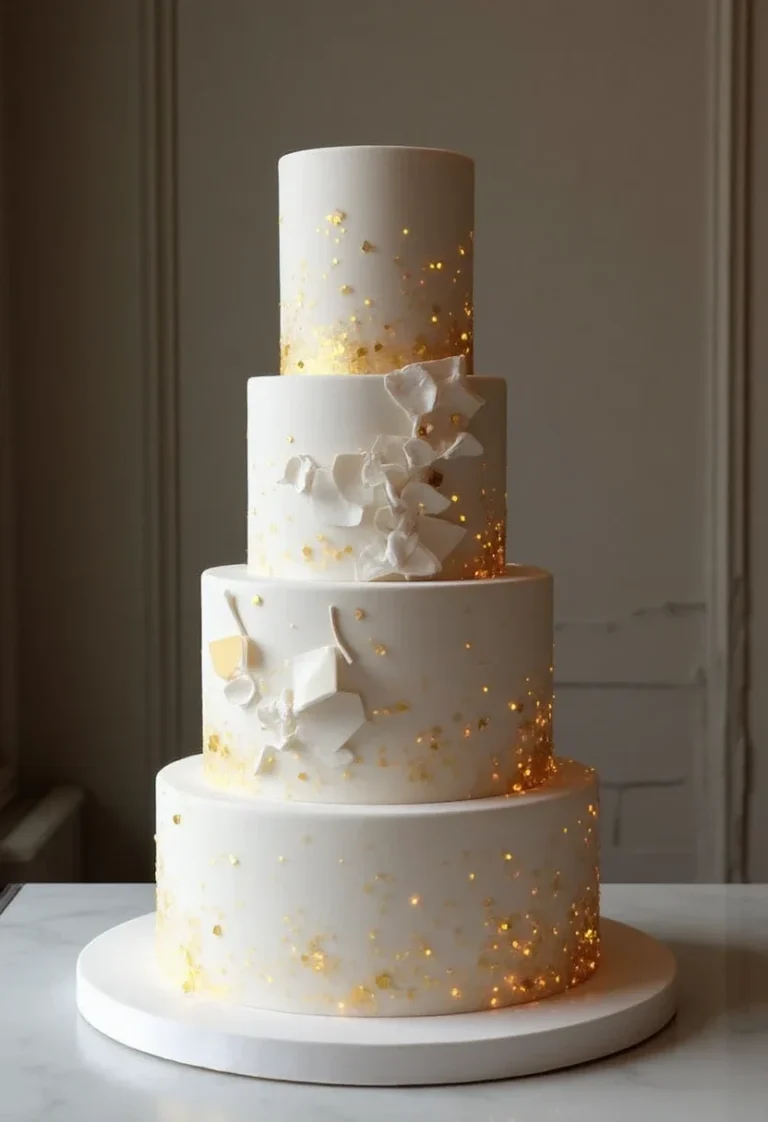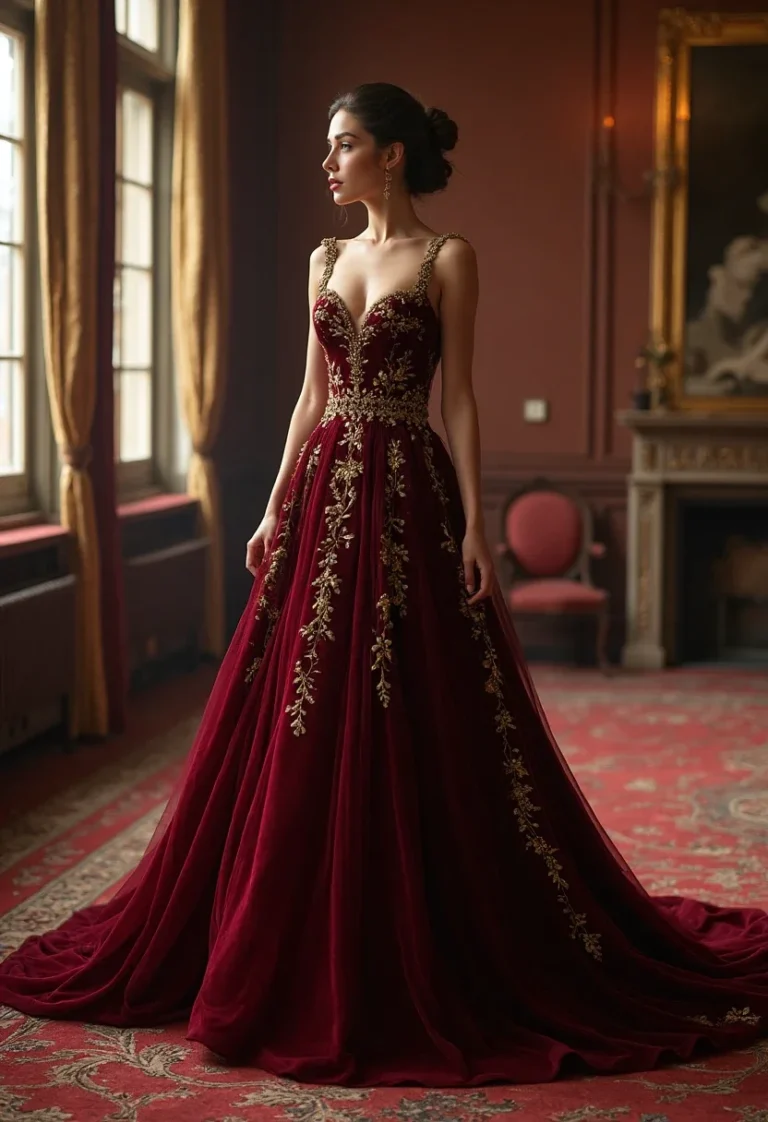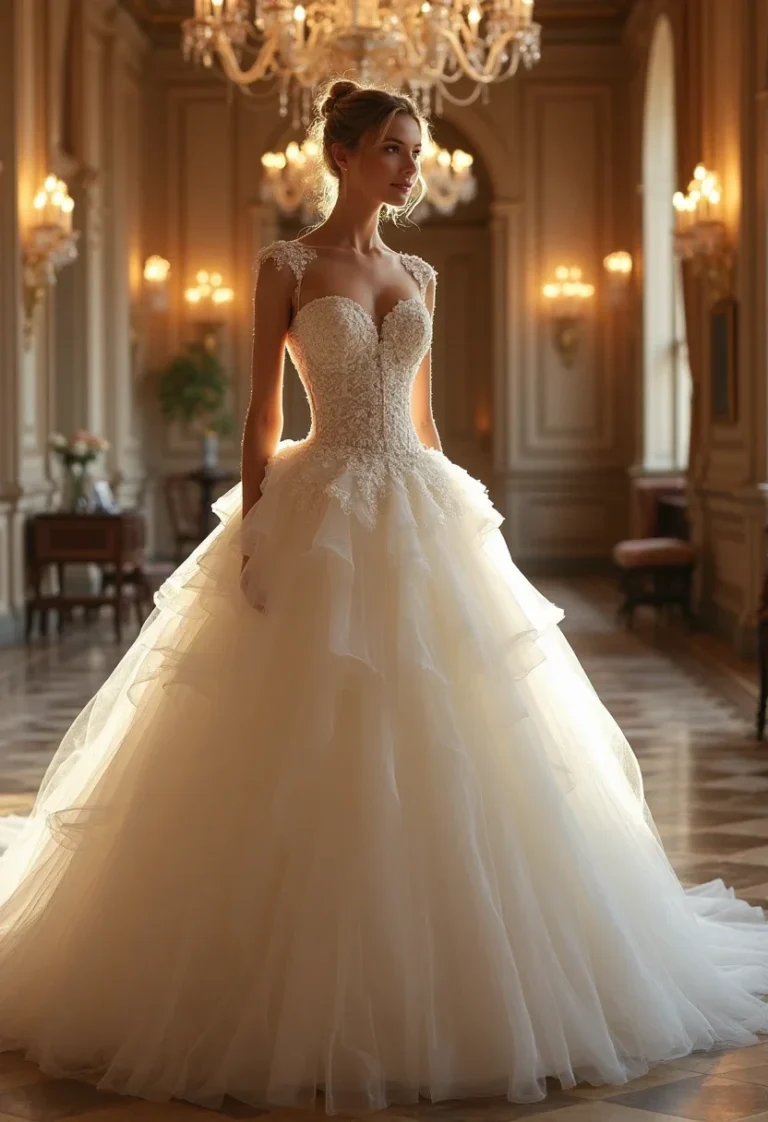A Simple Guide to Wedding Band Styles
Introduction
Choosing the perfect wedding band is a significant part of wedding planning. It symbolizes love and commitment, making it essential to select a style that resonates with both partners. This guide explores various wedding band styles, their meanings, and what to consider when making a choice.
Understanding the options available can be overwhelming, especially with the multitude of designs and materials. This article aims to clarify these options and help couples navigate the world of wedding bands.
Definitions
A wedding band is a ring worn on the finger that signifies marriage. Traditionally, it is exchanged during the wedding ceremony, representing the union between two individuals. Wedding bands can vary significantly in design, material, and symbolism.
Different cultures may have unique interpretations of wedding bands, influencing their designs. For instance, some cultures may prefer plain bands, while others might opt for intricate designs or gemstones.
Key Concepts
When selecting a wedding band, it is essential to consider key concepts such as material, style, and comfort. Common materials include gold, platinum, and tungsten, each offering distinct features and benefits. Gold is classic, platinum is durable, and tungsten is scratch-resistant.
Style is another critical factor. Options range from traditional and minimalist to modern and ornate. Couples should choose a style that reflects their personalities and complements their engagement rings.
Examples of Wedding Band Styles
There are numerous wedding band styles to consider. Classic bands are typically simple and made of precious metals. They are timeless and versatile, suitable for any occasion.
Modern bands may incorporate unique designs, including geometric shapes or mixed materials. Vintage styles often feature intricate detailing and may include antique finishes.
Additionally, some couples choose custom designs to reflect their individuality. Unique styles can include personalized engravings or unconventional materials like wood or ceramic.
Pros and Cons of Different Styles
Each wedding band style comes with its pros and cons. Classic bands are durable and timeless, but they may lack uniqueness. Modern bands can be eye-catching but may not appeal to traditional tastes.
Vintage styles are often beautiful and carry history, but they might require more maintenance. Custom designs offer personalization but can be more expensive and time-consuming to create.
Case Study: Popular Wedding Bands
To illustrate the variety of wedding band styles, consider popular choices among couples today. Many opt for classic gold bands due to their enduring appeal. Others are drawn to modern designs that incorporate unique shapes or colored gemstones.
Through surveys and sales data, it is evident that preferences vary widely, highlighting the importance of personal choice in selecting a wedding band.
Future Trends in Wedding Bands
As fashion evolves, so do wedding band trends. Future trends may see a rise in sustainable materials, as couples become more environmentally conscious. Additionally, technology may influence designs with the introduction of smart rings.
Customization is likely to remain popular, with couples seeking to create unique pieces that tell their love story.
Conclusion
In conclusion, selecting the right wedding band style is a personal journey. With a variety of options available, couples should consider their preferences, lifestyles, and the symbolism behind each design. Ultimately, the perfect wedding band is one that reflects their unique bond.

